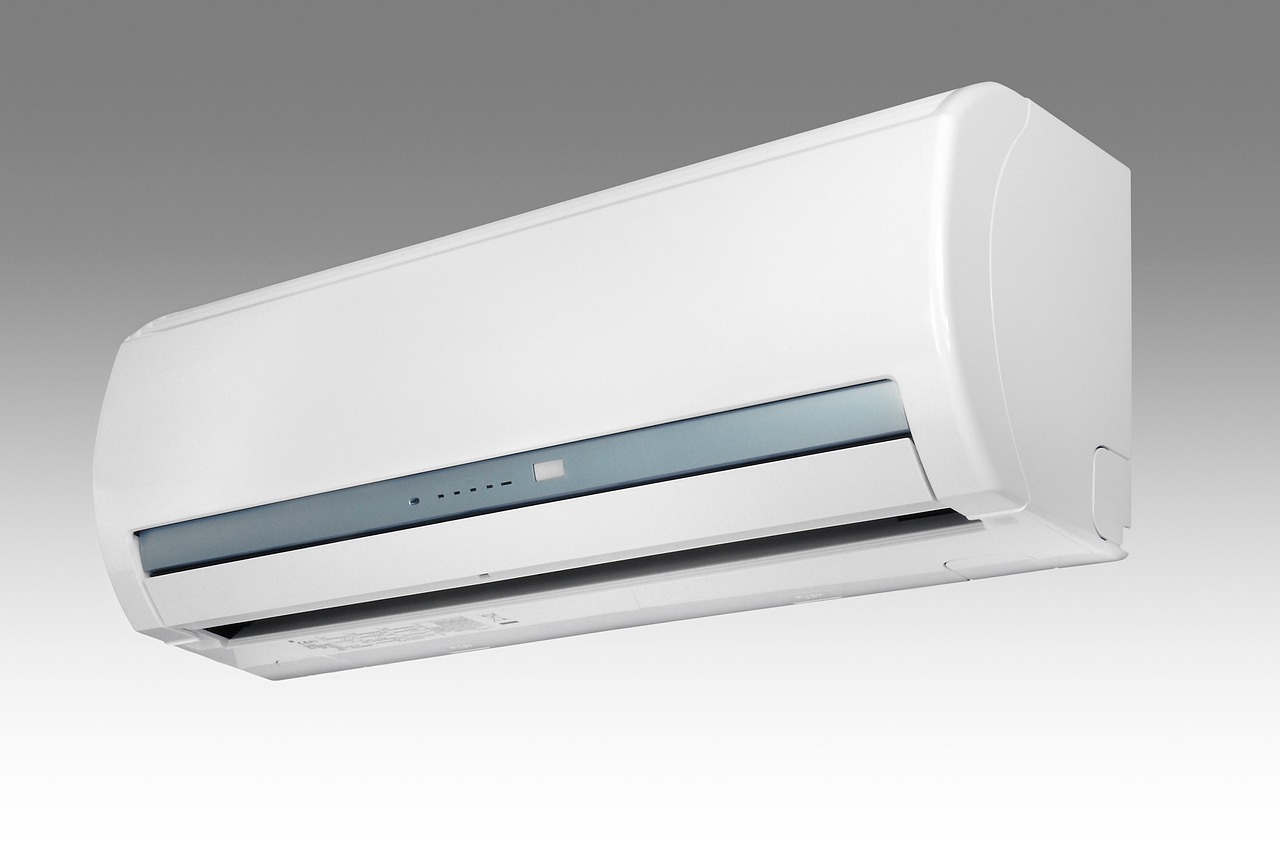When considering heating and cooling options for your home, ductless mini-split systems have emerged as a viable alternative to traditional HVAC systems. These innovative solutions offer flexibility for homeowners dealing with additions, specific zone requirements, or properties without existing ductwork. Mini-splits consist of an outdoor compressor unit connected to one or more indoor air handlers, providing customized climate control without the extensive infrastructure of conventional systems. Before making a decision, it’s essential to weigh the benefits of mini-split AC against potential drawbacks to determine if this technology aligns with your specific needs.
What Are Ductless Mini-Split Systems?
Ductless mini-split systems are heating and cooling solutions that don’t require the extensive ductwork of traditional HVAC systems. A typical system includes an outdoor compressor/condenser unit connected to one or more indoor air-handling units by a conduit housing the power cable, refrigerant tubing, suction tubing, and condensate drain. The indoor units are typically mounted high on walls, on ceilings, or recessed into drop ceilings, allowing for flexible placement throughout the home. Unlike window units, mini-splits offer a permanent installation with only a small hole needed in the wall for the conduit, making them less vulnerable to air leakage and security concerns while providing more aesthetic appeal and placement options.
Advantages of Ductless Mini-Split Systems
One of the primary benefits of mini-split AC systems is their energy efficiency. Without ductwork, these systems avoid the energy losses associated with central forced-air systems, which can account for more than 30% of energy consumption. This efficiency translates to lower utility bills and reduced environmental impact. Additionally, mini-splits excel at providing zoned heating cooling solutions, allowing homeowners to cool or heat only the rooms that are in use rather than the entire house, further enhancing energy savings.
The flexibility of mini-splits makes them ideal for retrofitting older homes without existing ductwork, adding climate control to new home additions, or supplementing inadequate systems. Most manufacturers offer multiple indoor air handler styles, including wall-mounted, ceiling-recessed, and horizontal ducted units, accommodating various architectural constraints and aesthetic preferences. This versatility is a significant advantage when comparing mini-split vs central air options for specific home configurations.
Installation is typically less disruptive than adding conventional HVAC systems. The connection between indoor and outdoor units requires only a three-inch hole through the wall, minimizing structural modifications. Many homeowners appreciate that ductless systems don’t take up valuable closet space or require significant ceiling height reductions for ductwork. To ensure proper installation that maximizes these benefits, homeowners can find qualified contractors through platforms like AskHomey, which connects homeowners with experienced local professionals.
Disadvantages of Ductless Mini-Split Systems
Despite their advantages, ductless systems come with certain drawbacks. The cost to install ductless system equipment is generally higher upfront compared to traditional window units or baseboard heating systems. A single-zone system can start at $1,500 for equipment alone, while multi-zone setups can exceed $5,000, not including installation labor. This initial investment can be a significant consideration for budget-conscious homeowners, though many find the long-term energy savings offset this initial expense.
Aesthetics can be another concern when weighing ductless mini-split pros and cons. The indoor air handlers, while more attractive than window units, are still visible on walls or ceilings and may not blend with all interior designs. Some homeowners find the appearance of these units disruptive to their décor, although manufacturers continue to develop sleeker, less obtrusive models to address this concern.
Maintenance requirements represent another potential drawback. Each indoor unit contains filters that require regular cleaning, typically monthly, to maintain efficiency and air quality. While not particularly difficult, this distributed maintenance across multiple units can be more time-consuming than servicing a single central system, especially in larger installations with numerous zones.
Mini-Split vs. Central Air: Making the Right Choice
When comparing mini-split vs central air conditioning, several factors should influence your decision. For existing homes with functional ductwork, central air may remain the most cost-effective option. However, for homes without ducts, the expense of installing ductwork can make mini-splits substantially more economical. Zoned heating cooling solutions offered by mini-splits provide room-by-room control that traditional systems can’t match without expensive modifications.
Energy efficiency considerations often favor mini-splits, which typically achieve higher SEER (Seasonal Energy Efficiency Ratio) ratings than conventional systems. This efficiency becomes particularly significant in regions with high electricity costs or for environmentally conscious homeowners focused on reducing their carbon footprint. The capacity to heat as well as cool also makes mini-splits an attractive year-round solution in many climate zones, potentially replacing both air conditioning and heating systems.
The decision ultimately depends on your specific circumstances, including home layout, existing infrastructure, budget constraints, and comfort preferences. Both options have their place in modern home climate control, with mini-splits increasingly chosen for their flexibility and efficiency advantages in appropriate applications.
For more tips and to connect with reliable home service professionals, follow AskHomey on Facebook and Instagram.



